Here we discussed the pressure gauge maintenance tips and troubleshooting solutions used in the process control industries.
Pressure Gauge Maintenance
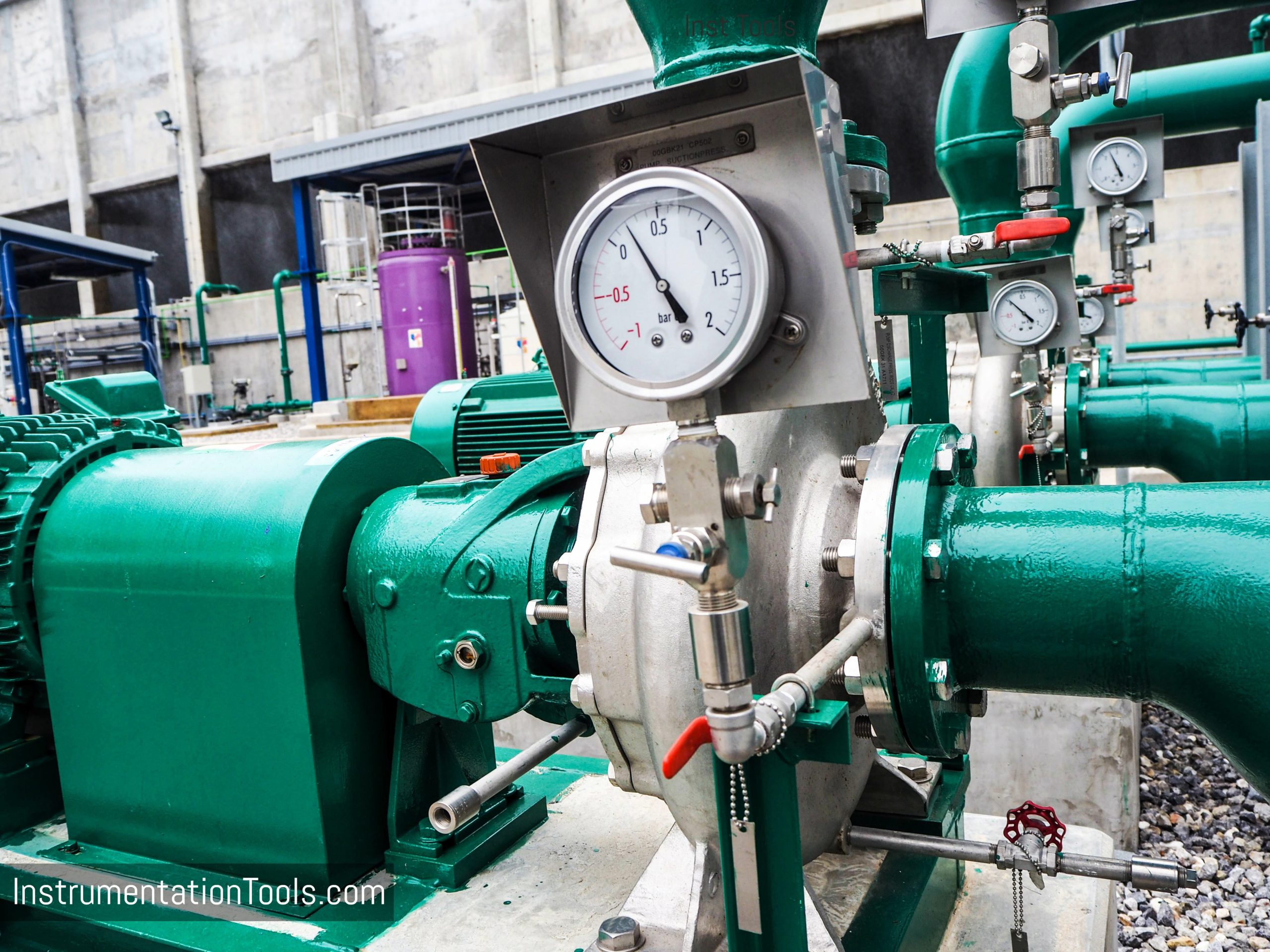
Mechanical Vibration
Numerous studies have shown that vibration is the main cause of pressure gauge failure in manufacturing facilities. Vibration has a negative impact on gauge accuracy in two ways.
First, it is difficult to read the pointer on a dial when a gauge is vibrating. Second, incremental damage to the pointer mechanism from vibration can eventually move a pointer off zero, producing inaccurate readings.
Solution
For most situations, a liquid-filled case is the most convenient and cost-effective way to protect pressure gauges from vibration.
The glycerin or silicone-oil case fill acts as a damper to slow down the movement. It also lubricates the pinion and segment gears, thereby reducing wear and prolonging the life of a gauge.
A second solution is to move the gauge away from the source of the vibration. How? Use a diaphragm seal with a capillary connection.
A diaphragm seal can be mounted practically anywhere in the application, and the line allows for remote reading.
Pulsation
Vibration refers to the regular oscillation of mechanical parts.
Pulsation, on the other hand, is regular instances of rapid pressure increases and decreases of the media.
Solution
As with mechanical vibration, a liquid-filled case is an easy solution. So are valves and protective devices like a socket restrictor.
This small device has a small orifice to restrict and slow down the pressure of the media before it encounters the gauge. Restrictors are cost-effective and easy to install.
Several gauges, for compressed gas regulators, come standard with a restrictor already threaded into the bore.
For more extreme pulsation, use a snubber or needle valve. Snubbers function like restrictors but come in more material choices, orifice sizes, and psi ratings.
Snubbers are also less prone to clogging and are more adjustable in the field, thanks to interchangeable pistons or adjustment screws.
Needle valves also throttle the media, thereby reducing the impact of pulsations. These pulsation dampeners are commonly found in pump discharge and boiler house applications.
Extreme Temperature
Different gauges have different tolerances for extreme temperatures.
We look at both ambient temperatures, such as what is found in the Arctic or around a furnace, and the temperature of the process media.
Solution
A diaphragm seal with capillary allows pressure measurement to occur away from extreme ambient or media temperatures.
The longer the run, the more heat is dissipated before the pressure reaches the gauge.
Or attach a cooling adapter. With fins to increase the surface area, these adapters are very effective at radiating and dissipating heat.
They’re also extremely easy to retrofit using threaded connections. Pigtail, coil, and mini (rod and cap) siphons use the same principle to dissipate heat.
Glycerin is the typical fill fluid for pressure gauges.
For extremely hot or cold ambient temperatures, silicone oil is the better choice as it will not discolor in heat over time or freeze in sub-zero environments.
Pressure Spikes
Spikes occur when the pressure sharply increases and then suddenly drops.
This condition can cause all sorts of problems for gauges not designed for this condition.
Solution
As with pulsation, good solutions for dampening the effects of pressure spikes are to use a liquid-filled gauge and/or accessories like restrictors, snubbers, needle valves, or diaphragm seal with capillary.
Another way to prevent damaged pointers and internals is to replace the gauge with one that has a higher pressure range.
A good rule of thumb is to choose a gauge that is two times the expected pressure maximum. So, if a process typically reaches 500 psi, use one that goes up to 1,000 psi.
For greater reassurance that a gauge never exceeds a certain maximum, attach an overpressure protector to the instrument. This unique option allows the user to changing the maximum pressure setting.
If the pressure ever reaches that value, the protector’s spring-loaded piston valve will automatically close, preventing the gauge from experiencing the spike.
And when the system pressure drops approximately 25% below pre-set maximum, the valve automatically reopens.
Overpressure
This situation is very similar to pressure spikes, but occurs when the gauge regularly measures pressures near or at the maximum range.
We typically see this condition in water/wastewater treatment and gas lines.
Overpressure can cause the Bourdon tube to deform and split. This is a major problem because a rupture allows caustic media, such as the hydrofluoric (HF) acid in alkylation units, to escape.
In pharmaceutical manufacturing, a rupture event ruins a very expensive product and leads to shutting down the line, quarantining the product, and re-sterilizing the process.
Solution
As overpressure is similar to pressure spikes, so is the fix: use a gauge with a higher pressure range, and attach an overpressure protector.
Corrosion
As overpressure is similar to pressure spikes, so is the fix: use a gauge with a higher pressure range, and attach an overpressure protector.
Solution
Isolate the gauge from harsh chemicals by using a diaphragm seal made of the appropriate corrosion-resistant materials.
Diaphragm seals come in a variety of standard and exotic alloys for both the wetted and non-wetted parts: 316L and 316 Ti stainless steels, Hastelloy, Monel, Inconel, tantalum, and titanium.
The metals can be left as-is or, for extra protection, lined with Teflon or plated with gold. When deciding on the materials for your diaphragm seals, look at what the existing wetted parts are made of, and choose those.
Clogging
Clogging is an issue for paper plants, wastewater plants, pharmaceuticals, and other industries, like slurry, pulpy, viscous, and high-particulate media can gum up the system.
Solution
Again, use a diaphragm seal to separate the gauge from the challenging media.
Author: Hardy Orzikowski
Source: Wika
Interest to add any further points? Share with us through below comments section.
If you liked this article, then please subscribe to our YouTube Channel for Instrumentation, PLC, SCADA, and Industrial Automation video tutorials.
You can also follow us on Facebook and Twitter to receive daily updates.
Read Next:
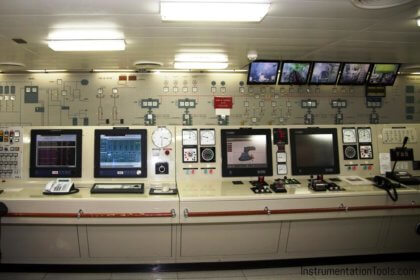
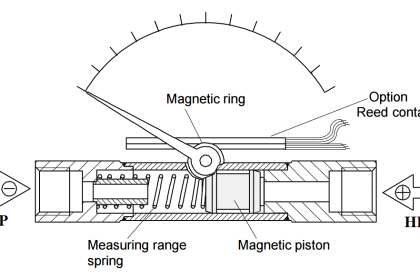
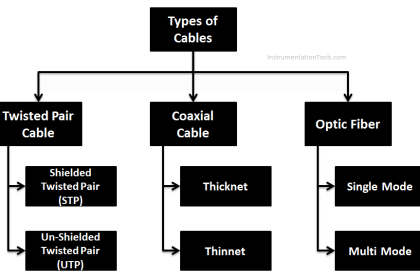
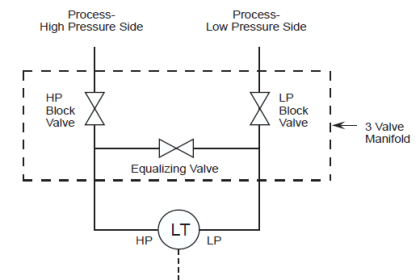
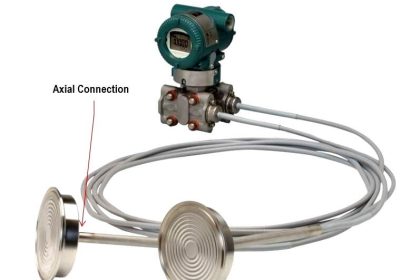
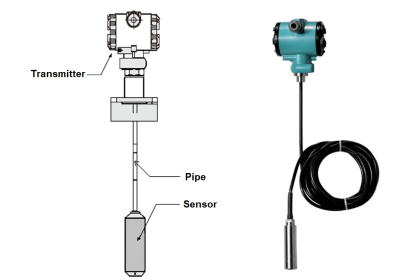
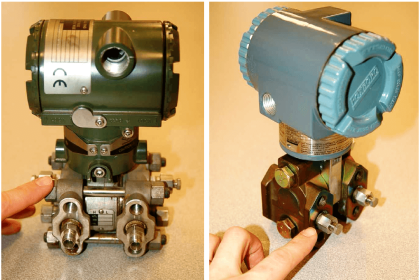
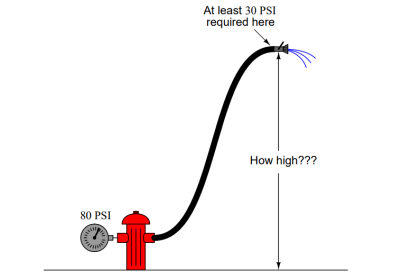






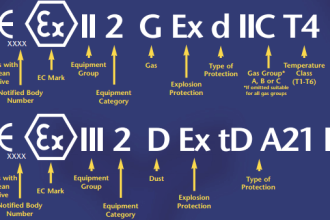
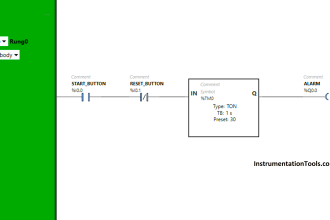

The pressure gauge is one of the instruments. The importance of the parameters of each detection point in operation is the basis for the selection of the instrument’s indication, recording, accumulation, alarm, control, and remote control functions.
Generally speaking, the variables that have little impact on the process, but the variables that need to be monitored frequently, can choose the indicator type; for the important variables that require frequent understanding of the trend of Variables that are monitored at any time should be controlled; for variables related to material balance and power consumption that require measurement or economic accounting, it should be set up for integration; some variables that may affect production or safety should be set up for alarms.
The selection of the instrument is also determined by the scale of investment, and the necessary economic calculations should be carried out on the premise of meeting the requirements of process and automatic control to obtain a suitable performance/price ratio.
In order to facilitate the maintenance and management of the instrument, the unity of the instrument should be paid attention to when selecting the model. Try to choose products of the same series, the same specifications and models, and the same manufacturer.
Yamatake Transmitter